As tensions rise between the US and China, the territories of American Samoa, Northern Mariana Islands (CNMI), and Guam are at the forefront of the conflict. The islands house bases that serve as the US military’s launching pads in the Pacific Ocean.
Governors from all five of the United States’ territories testified before the Senate Committee on Energy and Natural Resources in February, discussing the status of the territories. The governors of all three Pacific territories raised concerns about China. Governor Arnold Palacios (I) of CNMI noted in his testimony, “We are acutely aware of the sensitive geopolitical challenges of our region. And we recognize the vital role that the CNMI plays in ensuring the safety and security of all Americans and supporting the strategic position of the United States in the Indo-Pacific.” Governor Lou Leon Guerrero (D) of Guam testified, “It is, of course, broadly recognized that should conflict occur, American military bases on Guam will be a main target by China. I raise the possibility of a future conflict with China, not to be alarmist, but to emphasize that any federal investment or support of Guam […] also serves the [United States’] national interest, especially with respect to national security.”
Governor Lemanu Peleti Mauga (I) of American Samoa also mentioned China in his testimony. Though American Samoa is farther from China than Guam and CNMI, the island has enlisted more soldiers per capita than any other territory or US state. Mauga testified, “I implore you, as our federal lawmakers, do not forget about the US territories. […] China over the years [has] steadily made inroads in establishing its presence in the Pacific region through economic investment or incentives among small island developing states (SIDS).” Echoing earlier statements, Mauga asserted that “It is necessary for the US to become more visible in the Pacific region, and it can start doing that by investing in climate change impact funding to assist American Samoa […] Helping to build the physical, technological and workforce infrastructure of American Samoa can only strengthen the United States resilience and presence in the South Pacific.”
Guam experienced malware attacks attributed to China in May. In July, the House Natural Resources Committee responded to rising tensions and the attacks by creating the Indo-Pacific Task Force in June to investigate Chinese government influence in the Indo-Pacific region. Delegates Amata Coleman Radewagen (R) of American Samoa and Gregorio Sablan (D) of CNMI serve as co-chairs. Delegate James Moylan (R) of Guam is also a member of the subcommittee.
In CNMI, Palacios has announced efforts to shift the economy away from relying on Chinese tourism. In defending his statements, Palacios highlighted reports of Chinese tourists overstaying their visas in Saipan. The federal government will play a crucial role in securing the territories, with Palacios saying, “I’m not sure what the federal government is going to do with [tourism]. […] We cannot discount that and bury your head in the sand and say, ‘Well, everything’s great.’” The military has bolstered defenses on Guam but now wants to upgrade infrastructure on the island of Tinian in CNMI to protect those bases. The federal government is expected to invest about $5 billion in military and civilian infrastructure development in relation to the Tinian Divert Airfield project.
Radewagen has taken a stronger stance against China. In August, she joined members of the House Select Committee on the Chinese Communist Party on a diplomatic visit to Papua New Guinea and the Solomon Islands. Radewagen highlighted the importance of US relations with Pacific countries to counter “the Chinese Communist Party’s economic, diplomatic, and military pressure campaign.” She said in a press release, “The island nations in the Pacific have an important role in the mutual security, stability, and prosperity we all seek for our countries. Most importantly, we must keep the world’s largest ocean free and open.” After visiting the Solomon Islands, Radewagen noted, “Solomon Islands were strategically important in World War II, for the generations since, and certainly still today. Now, 81 years later, we must remain strongly committed to the Pacific region and keep working with Solomon Islands to preserve peace and security.”
American Samoa, CNMI, and Guam all play important roles in the military’s Pacific strategy, serving as potential bases for the United States in conflict with China. Additionally, the territories could play a key role in the American response to a Chinese invasion of Taiwan. The federal government looks to expand infrastructure and bases to counter China’s growing influence in the Pacific.

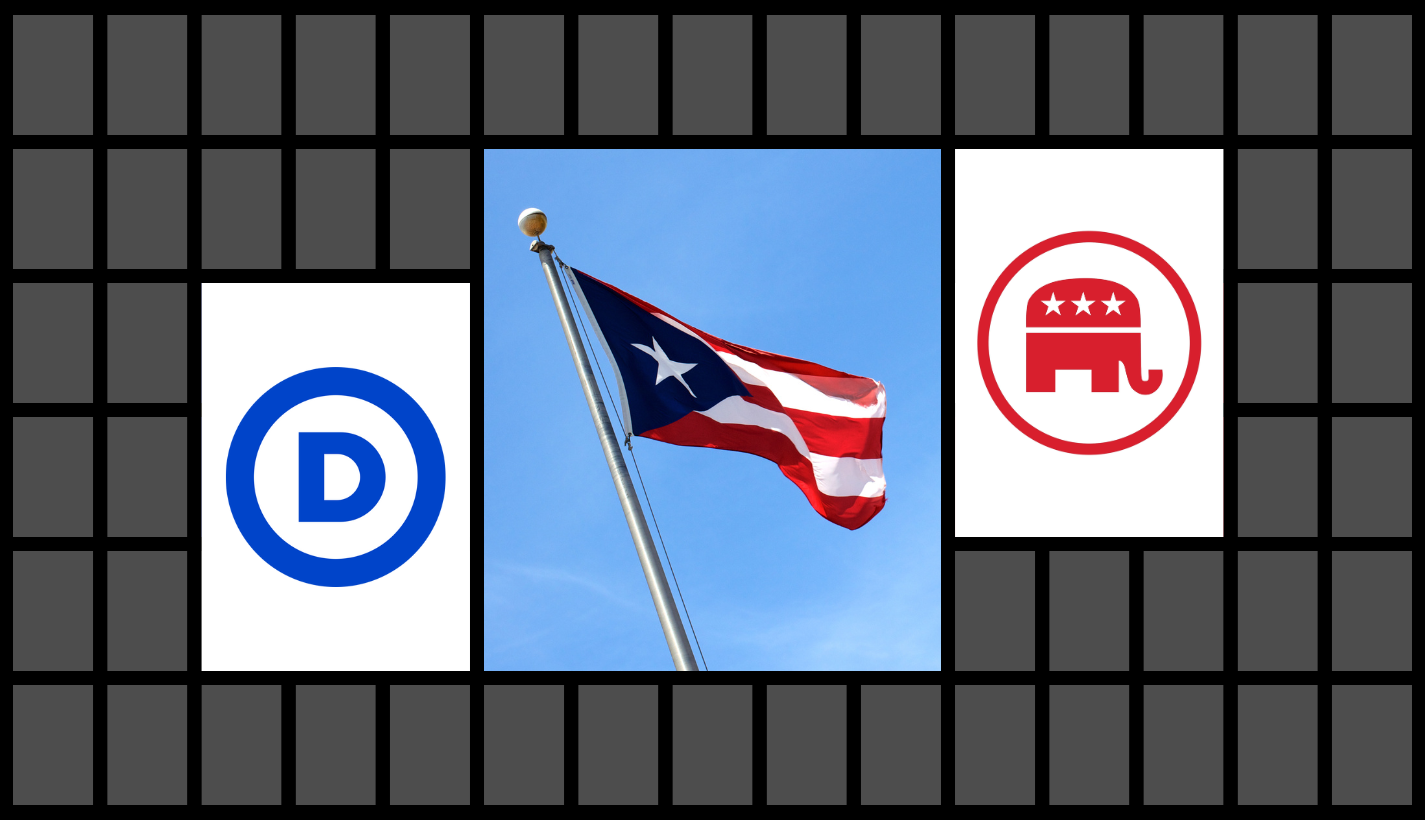
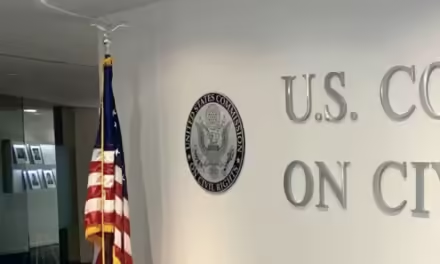
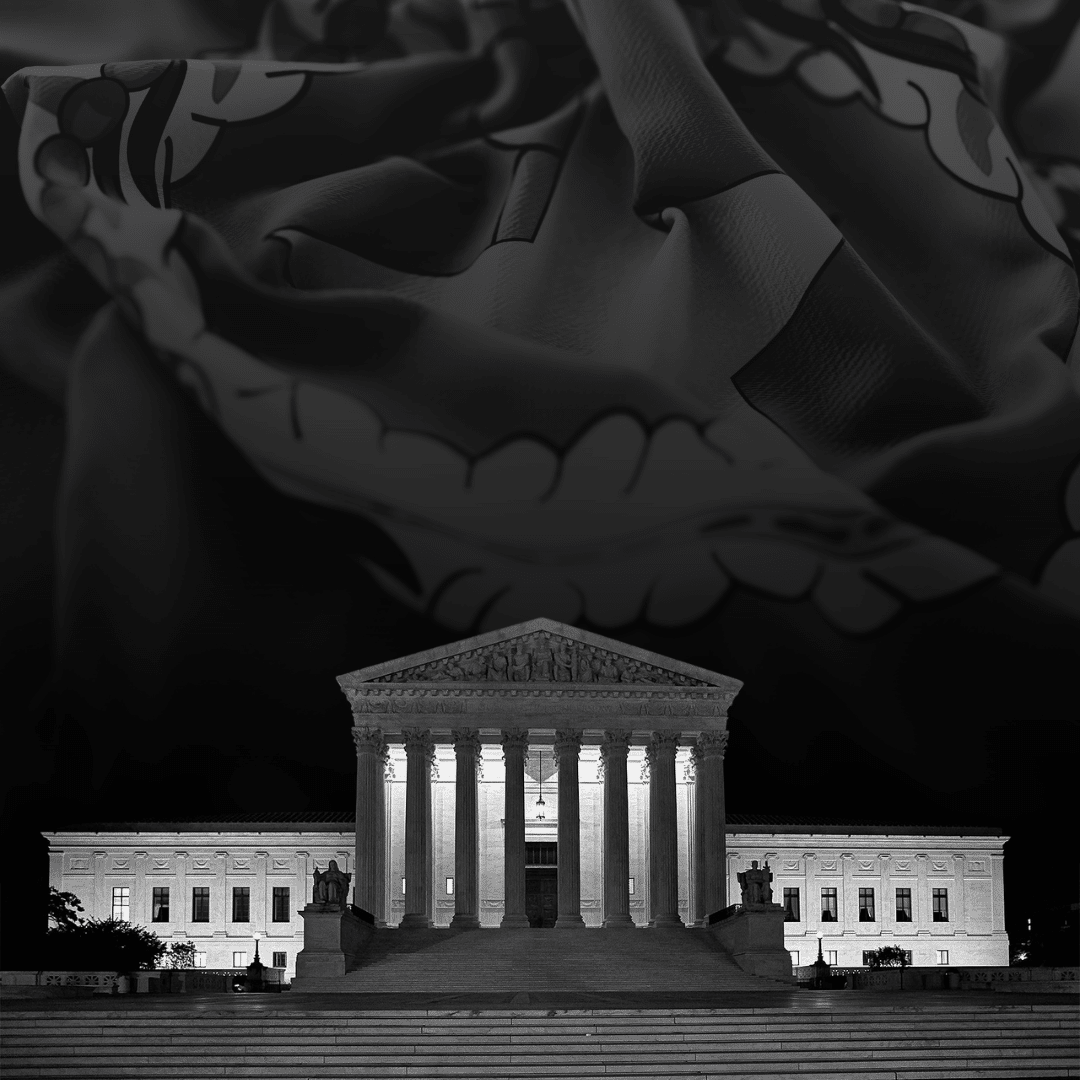
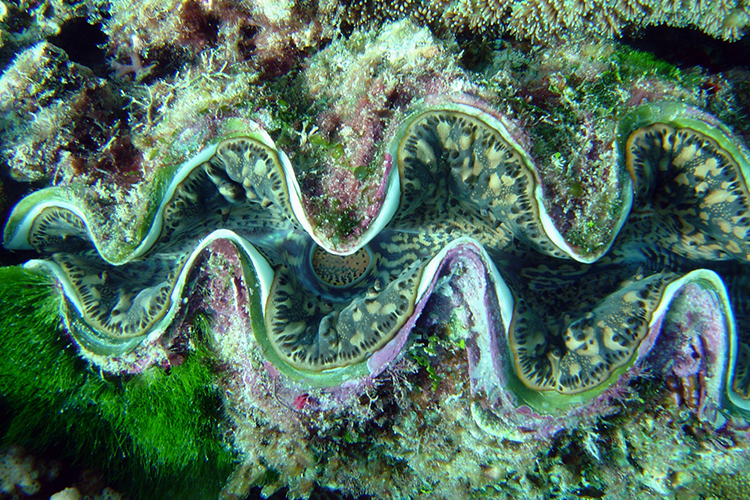
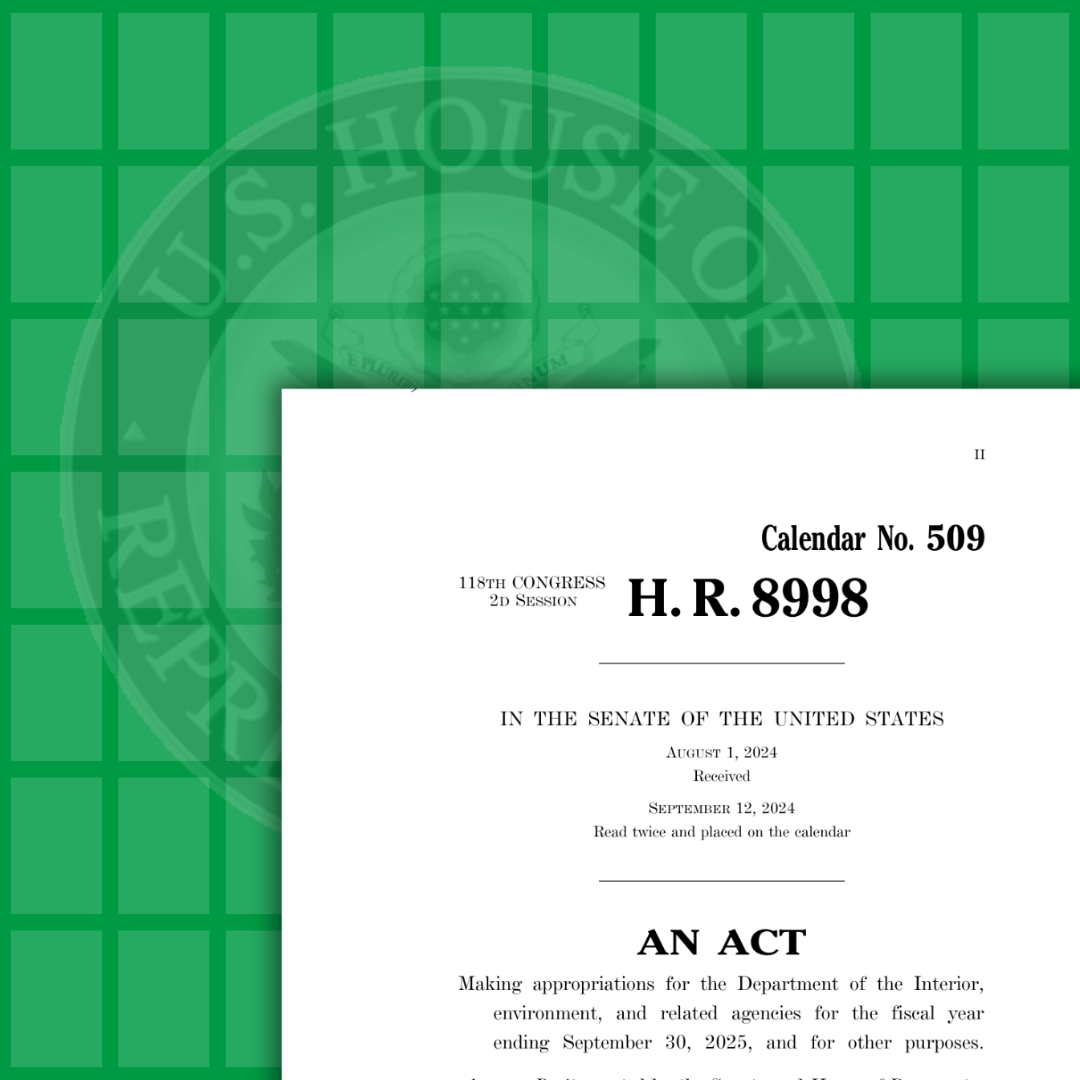
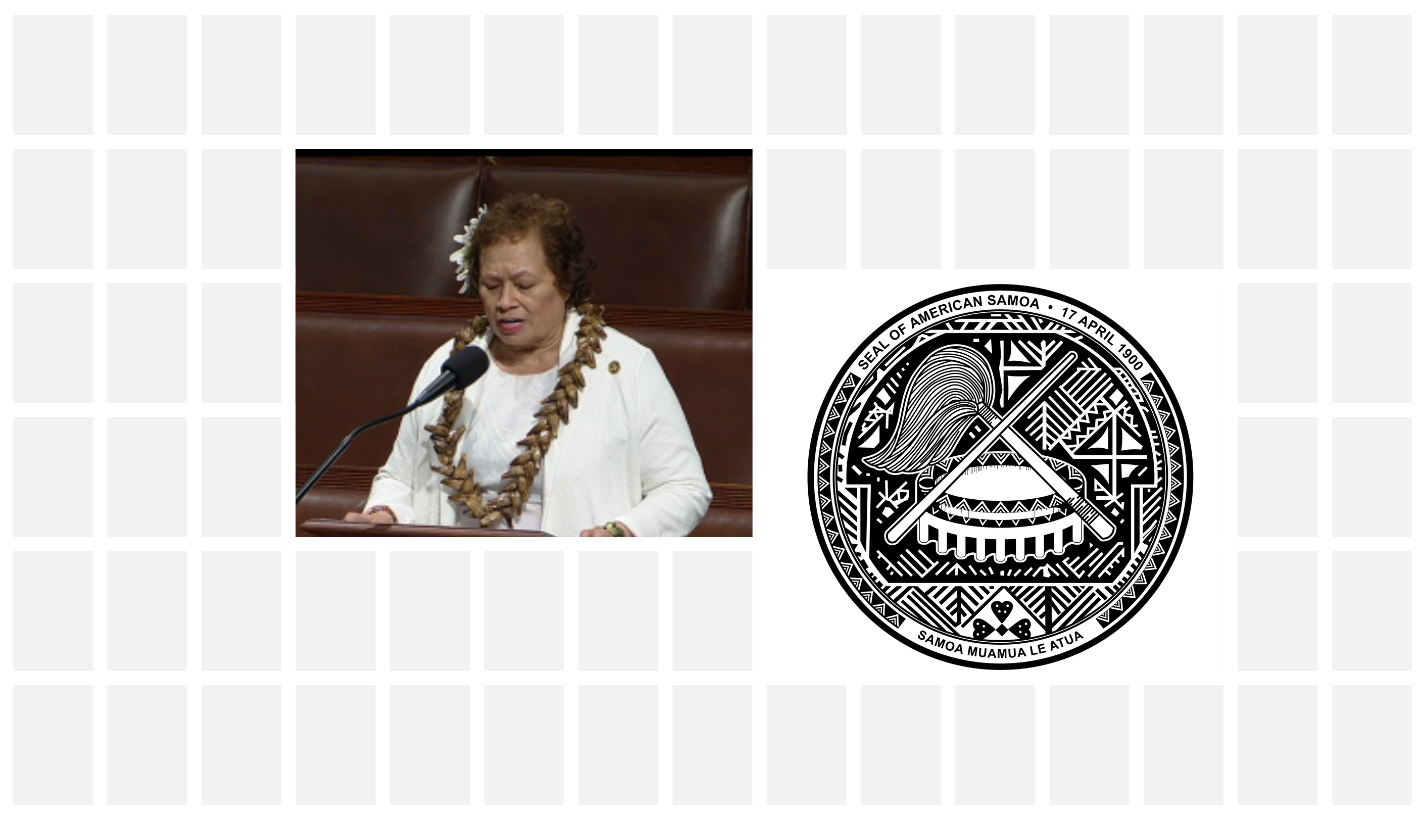
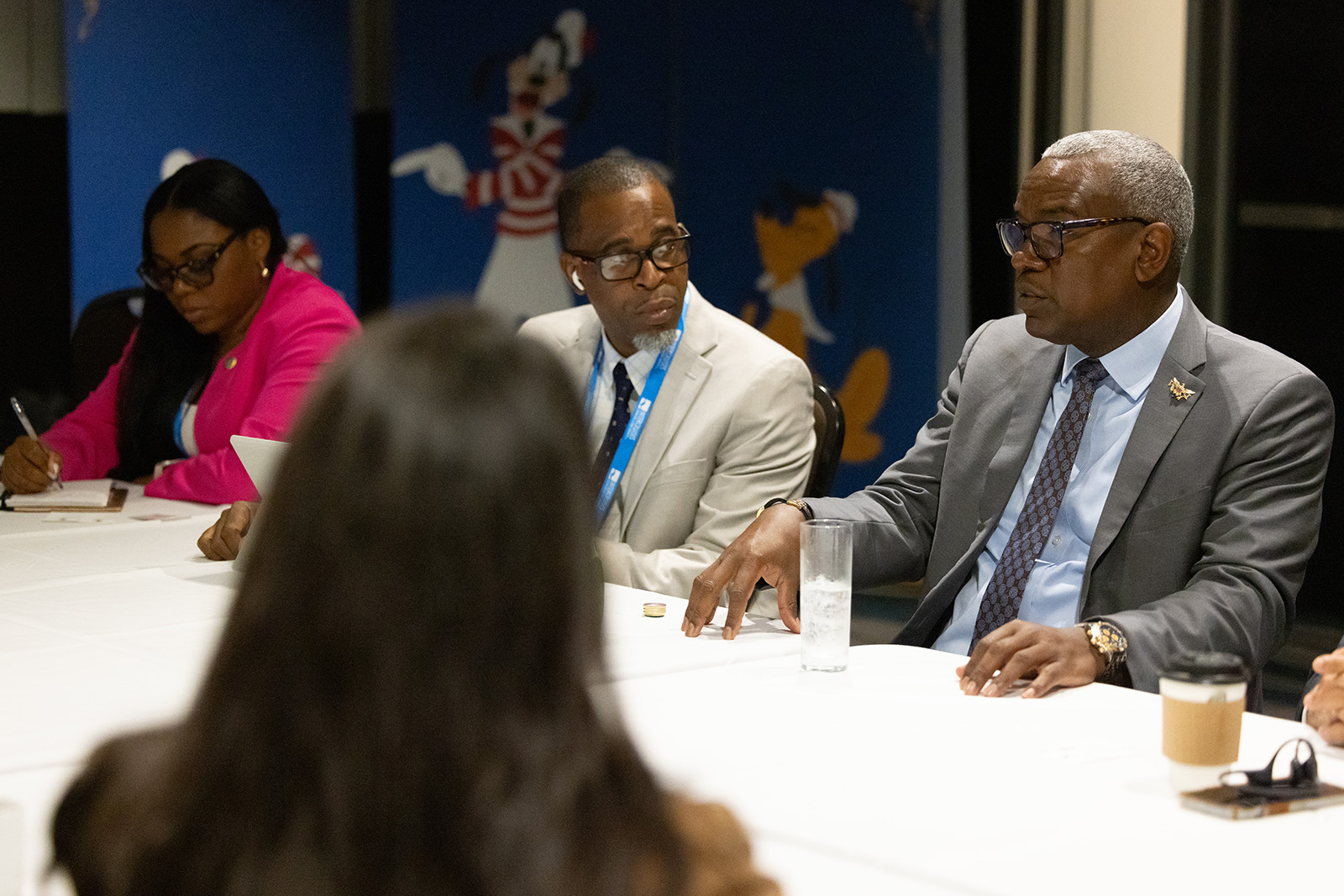
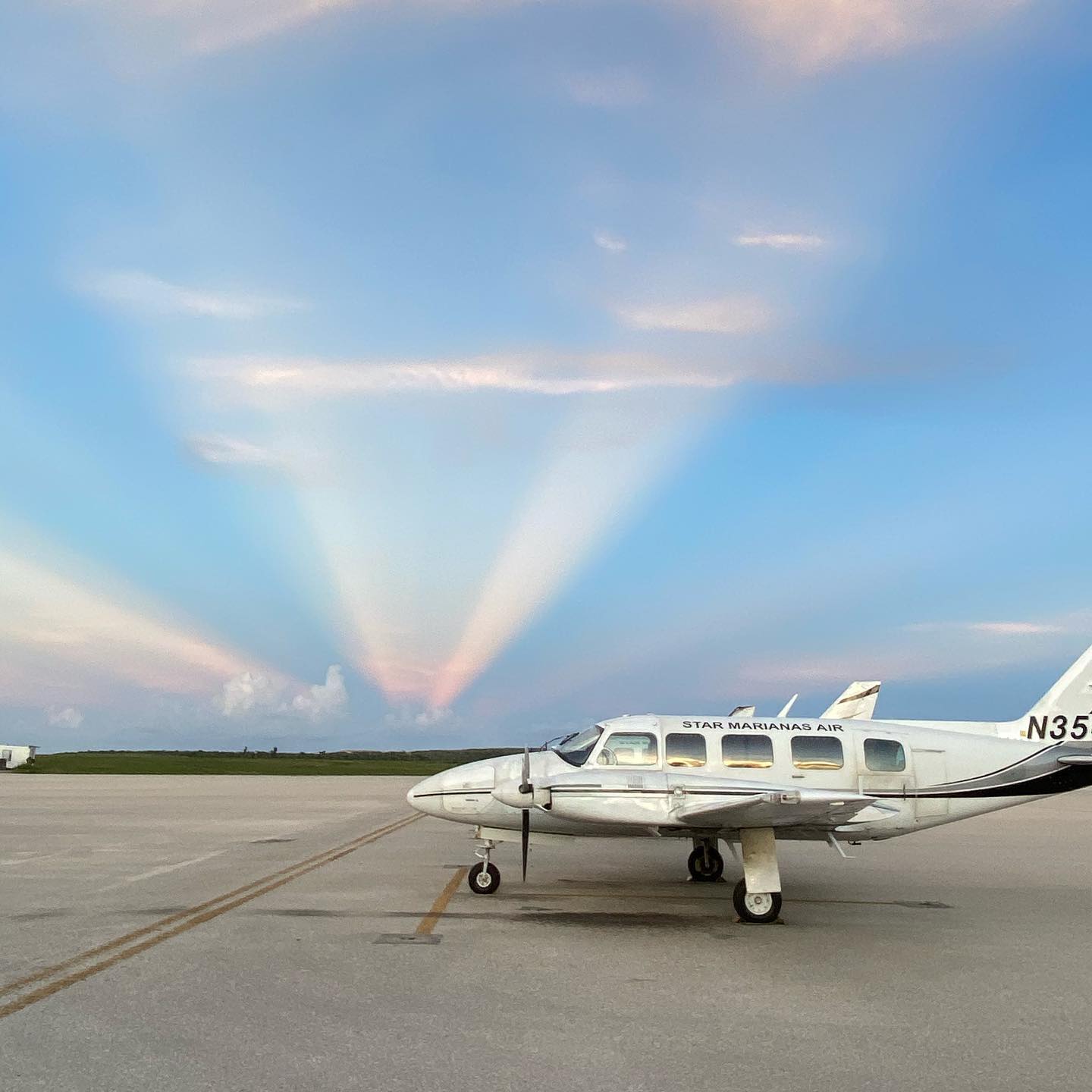



0 Comments